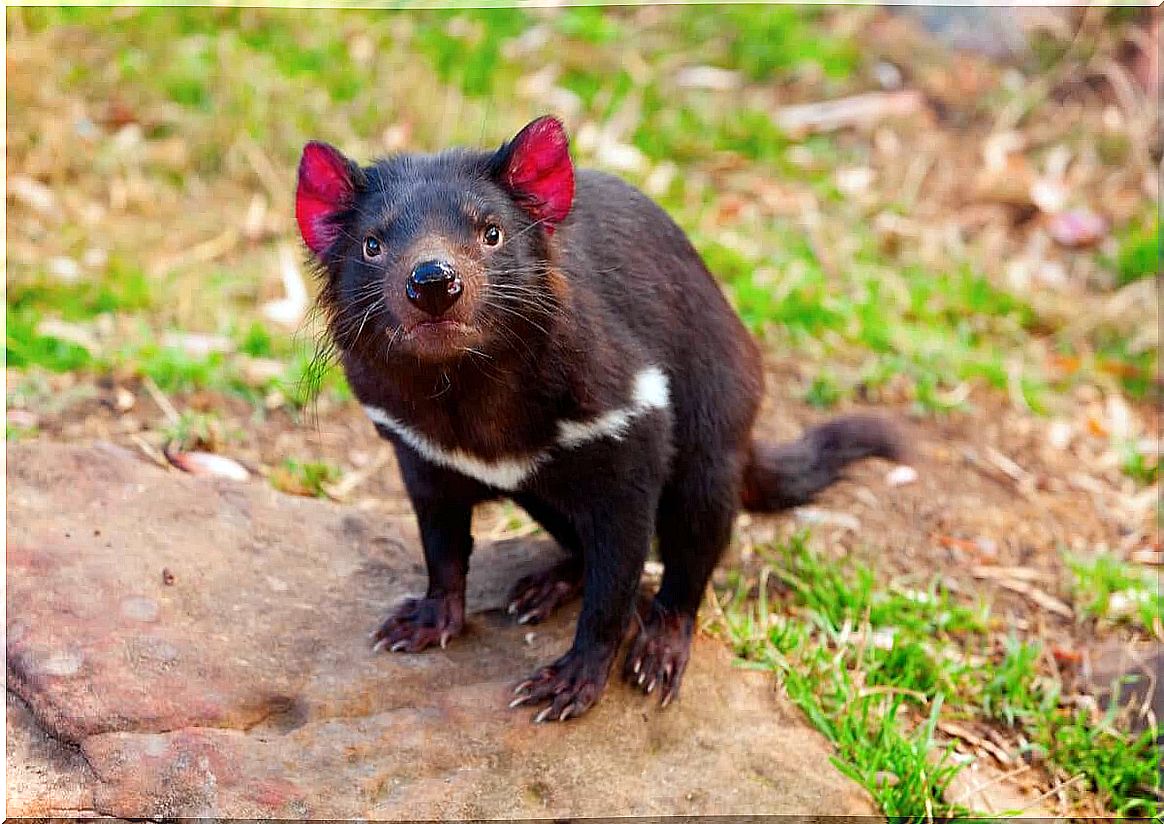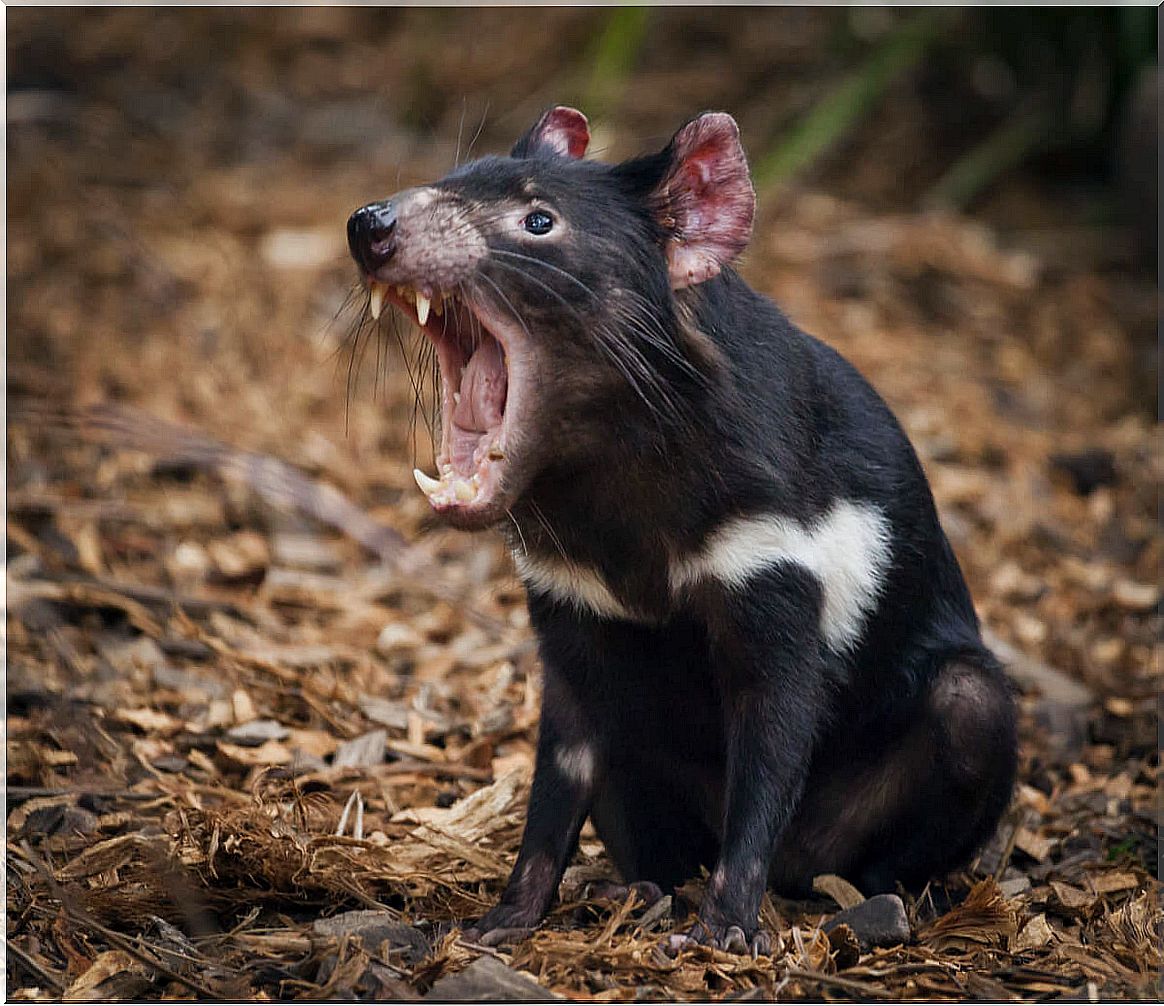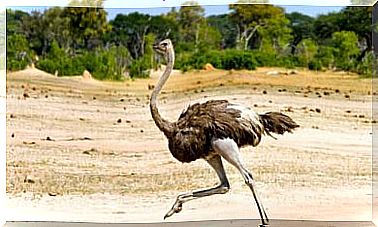Tasmanian Devil Returns To Mainland Australia After 3,000 Years

It’s not all bad news in the world of animal conservation. Official sources have released the following news in recent months: the Tasmanian devil returns to mainland Australia after 3000 years.
This species disappeared from the Australian continent in the middle of the Holocene – the current geological age. Although the causes are not fully known, the Tasmanian devil was confined to the island of Tasmania, a small island state that belongs to the Australian government. Yet.
This news is a real joy for all ecologists and conservationists in the world, as it shows that, even on rare occasions, human beings can return the land they took from living beings.
Australia: The Lost Land of the Tasmanian Devil
The Tasmanian devil ( Sarcophilus harrisii ) is a marsupial mammal that belongs to the Dasyuridae family . It is important to note that this is the largest carnivorous marsupial in the world, as its size is similar to that of a small dog.
In addition to its morphological characteristics, this species draws attention for its survival on the edge. For thousands of years, the Tasmanian devil has had its reach reduced to the island of Tasmania, an area of about 68,000 square kilometers located on the southern coast of the Australian mainland.
In addition, the International Union for the Conservation of Nature (IUCN) considers this marsupial to be in danger, estimating that currently there are no more than 15,000 individuals in the wild. How did he get into this situation?

A continuing decline in population
In the mid-Pleistocene, this species was distributed across the entire Australian continent, but during the Holocene, its populations were reduced to three remnant nuclei on the island of Tasmania.
The exact causes of this exaggerated decline are unknown, but it is known that it coincided with the expansion of the dingoes – a species of wolf – and the aborigines across the continent. It is not known whether direct hunting, interspecific competition or a combination of factors led to its disappearance.
However, the Tasmanian devil’s ordeal did not end when he isolated himself on the island. We will show below two disastrous events for the species:
- A clear population decline was observed in the first decades of the 20th century. It was believed to be a devilish and murderous animal and, in addition, it had good skin – along with the wallaby and the opossum – which is why more than 900,000 specimens were hunted in a few years.
- Despite being considered a protected species in 1941, around 10,000 individuals were hunted a year in the mid-1990s.
- In addition, Tasmanian demons suffer from a unique type of facial cancer. It is estimated that this pathology has been the cause of a 20% to 80% decrease in populations in some areas.
As we can see, this ferocious marsupial has not had an easy period, historically speaking. In addition to continuing to be hunted over the years, he had to deal with the only type of cancer considered communicable.
Good news for the Tasmanian devil
Professional sources, such as National Geographic magazine, highlight the importance of the news we talked about earlier, as it is a new survival opportunity for the species.
Thanks to the ambitious Devil comeback project – promoted by the Aussie Ark, WildArk and Global Wildlife conservation organizations – 26 Tasmanian devils have been released in the Barrington Tops nature sanctuary.
It is a reserve of about 400 hectares, located in the state of New South Wales. In addition to the exact geographic location, the most important thing is that the Tasmanian devil has returned to the Australian continent.
Also, conservation efforts don’t end here. After the success of the first reintroduction, the aforementioned organizations intend to integrate around 40 more individuals in the next two years. The hope is that this marsupial will return to its original habitat.

As we have seen, the reintroduction of the Tasmanian devil on the Australian continent was not a miracle. This plan involved decades of efforts by multiple organizations, and without them, we would certainly be facing the extinction of this species.









